Home>Technology>Security & Surveillance>How To Pick A Door Lock
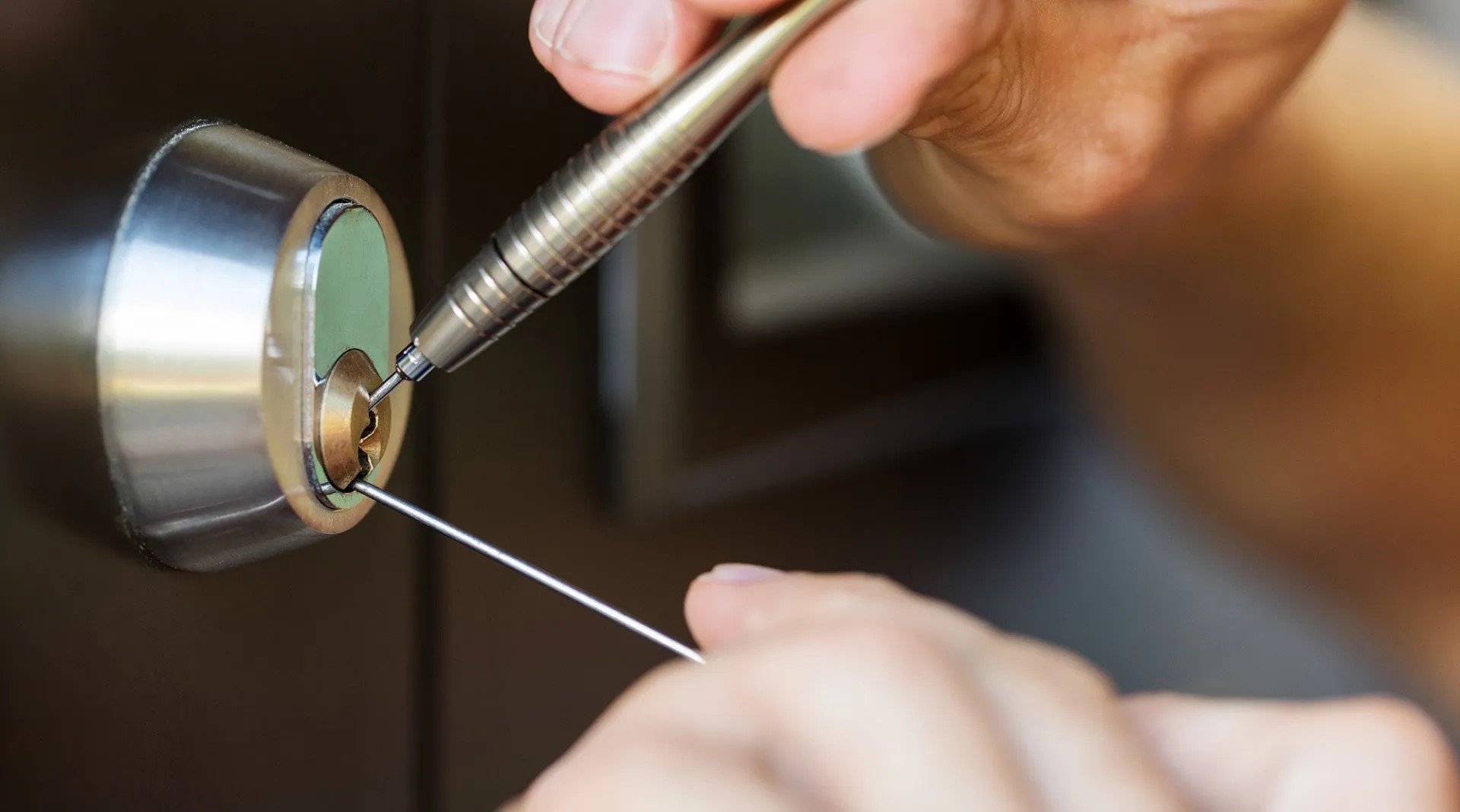

Security & Surveillance
How To Pick A Door Lock
Modified: January 5, 2024
Learn how to pick a door lock and enhance your security and surveillance skills with our comprehensive guide. Protect your property and loved ones with expert tips and techniques.
(Many of the links in this article redirect to a specific reviewed product. Your purchase of these products through affiliate links helps to generate commission for Storables.com, at no extra cost. Learn more)
Introduction
Welcome to the intriguing world of lock picking, where the art of manipulating locks is both a practical skill and a captivating hobby. While the image of lock picking may conjure thoughts of clandestine activities, it's important to emphasize that the knowledge and techniques shared in this guide are intended for educational and ethical purposes.
The ability to pick a door lock can be a valuable skill, especially if you've misplaced your keys or need to assist someone who has been inadvertently locked out. Additionally, understanding the principles of lock picking can provide insight into the vulnerabilities of various locks, contributing to a broader comprehension of security.
In this comprehensive guide, we will delve into the fundamentals of picking a door lock, covering the different types of locks, the essential tools required, and a step-by-step walkthrough of the process. Whether you're a curious novice or an aspiring locksmith, this guide will equip you with the knowledge to approach lock picking methodically and responsibly.
Before we embark on this enlightening journey, it's crucial to underscore the importance of abiding by legal and ethical considerations. Engaging in lock picking should always be within the bounds of the law and with the explicit consent of the lock's owner. This guide is designed to foster a deeper understanding of locks and security systems, emphasizing the significance of using this knowledge for lawful and constructive purposes.
So, if you're ready to unlock the mysteries of lock picking and expand your understanding of security mechanisms, let's venture into the realm of picking a door lock.
Key Takeaways:
- Lock picking is a fascinating skill that requires patience, precision, and ethical conduct. It’s important to approach it responsibly, with respect for legal boundaries and the owner’s consent.
- Understanding different types of locks and using the right tools are crucial for successful lock picking. Practicing diligently, seeking guidance, and upholding ethical standards are essential for mastering this art.
Read more: How To Pick A RV Door Lock
Understanding Different Types of Locks
Before delving into the art of lock picking, it is essential to comprehend the various types of locks commonly encountered. Each type of lock presents unique mechanisms and challenges, influencing the approach to picking it. Familiarizing yourself with these different locks will enhance your ability to assess their vulnerabilities and select the appropriate techniques for manipulation.
1. Pin Tumbler Locks: This type of lock is prevalent in residential and commercial settings. It consists of a series of spring-loaded pins of varying lengths that prevent the lock from rotating without the correct key. Understanding the binding order of the pins and how to manipulate them is crucial for successfully picking pin tumbler locks.
2. Wafer Tumbler Locks: Wafer locks are commonly found in filing cabinets, lockers, and automobile doors. They contain wafer tumblers that must be aligned at the correct height to open the lock. Picking wafer tumbler locks requires a different technique than pin tumbler locks due to their unique internal configuration.
3. Deadbolt Locks: Deadbolts are renowned for their robust security features and are frequently used in residential properties. Picking a deadbolt lock demands a nuanced understanding of its internal components and the application of precise manipulation techniques.
4. Padlocks: Padlocks come in various designs, including combination padlocks, key-operated padlocks, and shrouded shackle padlocks. Each type presents its own set of challenges when it comes to lock picking, necessitating tailored approaches for successful manipulation.
5. Smart Locks: With the advancement of technology, smart locks have become increasingly prevalent. These locks utilize electronic or biometric authentication methods, adding a layer of complexity to the process of picking them. Understanding the interplay between digital and mechanical components is crucial for effectively manipulating smart locks.
By familiarizing yourself with these different types of locks, you will be better equipped to approach lock picking with a discerning eye. Each lock presents its own set of intricacies, and understanding these nuances is instrumental in honing your lock-picking skills.
Tools Needed for Picking a Lock
Embarking on the journey of lock picking necessitates the acquisition of the appropriate tools to effectively manipulate different types of locks. While the array of specialized tools available for lock picking can be extensive, a few fundamental instruments form the cornerstone of a lock picker’s toolkit:
- Lock Picks: These precision instruments come in various shapes and sizes, each tailored to manipulate specific components within a lock. Common types of lock picks include hook picks, rake picks, and diamond picks. The selection of lock picks is essential for adapting to the internal mechanisms of different locks and applying the most suitable manipulation techniques.
- Tension Wrench: Also known as a torque wrench, this tool is crucial for applying rotational pressure to the lock’s cylinder while picking the pins or wafers. The tension wrench maintains a slight rotational force on the lock, creating the necessary tension to set the pins or wafers in the correct position.
- Key Extractor: In the event of a broken key lodged inside a lock, a key extractor facilitates the safe removal of the broken key fragment. This tool is designed to grasp the key fragment and gently extract it from the lock, restoring functionality without necessitating a lock replacement.
- Lock Picking Gun: Also referred to as a snap gun or pick gun, this handheld tool is designed to rapidly manipulate the pins or wafers within a lock using a quick, upward striking motion. Lock picking guns are particularly effective for swiftly picking certain types of pin tumbler locks.
- Lock Picking Practice Lock: A practice lock, often transparent to provide visibility into its inner workings, serves as an invaluable training aid for honing lock-picking skills. Practicing on a transparent lock allows aspiring lock pickers to observe the precise interaction between the lock picks and the internal components, fostering a deeper understanding of the picking process.
It is important to emphasize that the acquisition and use of lock picking tools should be approached with the utmost responsibility and adherence to legal and ethical guidelines. These tools are intended for educational and professional purposes, and their utilization should always align with the law and ethical standards.
By assembling a well-rounded collection of lock picking tools and familiarizing yourself with their functionalities, you will be equipped to embark on the captivating journey of understanding and mastering the art of lock picking.
Step-by-Step Guide to Picking a Door Lock
Embarking on the process of picking a door lock requires a methodical approach and a keen understanding of the lock’s internal mechanisms. Whether you find yourself inadvertently locked out or are seeking to expand your knowledge of security systems, the following step-by-step guide will provide a comprehensive overview of the lock-picking process:
- Assess the Type of Lock: Begin by identifying the type of lock you are dealing with, whether it is a pin tumbler lock, wafer tumbler lock, deadbolt, or padlock. Understanding the specific characteristics of the lock will inform your approach to picking it.
- Select the Appropriate Tools: Choose the suitable lock picks and tension wrench based on the type of lock you are attempting to pick. Different locks may require specific picks and tension wrenches to effectively manipulate their internal components.
- Apply Tension: Insert the tension wrench into the lower part of the keyway and apply slight rotational pressure in the direction that the key would turn to unlock the door. Maintain consistent but gentle tension throughout the picking process to create the necessary binding of the lock’s pins or wafers.
- Manipulate the Pins or Wafers: Utilize the selected lock pick to carefully manipulate the pins or wafers within the lock. For pin tumbler locks, apply upward pressure on each pin while simultaneously applying rotational force with the tension wrench. Wafer tumbler locks require the alignment of the wafer tumblers at the correct height to open the lock.
- Feel for Feedback: As you manipulate the pins or wafers, pay close attention to feedback from the lock. Sensitivity to subtle cues, such as clicks or changes in resistance, can indicate progress in setting the pins or wafers at the correct positions.
- Rotate the Cylinder: As the pins or wafers are successfully set, you will feel a subtle give in the lock. Apply gradual rotational force with the tension wrench as the pins or wafers reach their correct positions, ultimately rotating the lock’s cylinder to unlock the door.
It is important to approach lock picking with patience and precision, as the process demands a delicate touch and attentiveness to feedback from the lock. Additionally, practicing on transparent practice locks can significantly enhance your understanding of the intricate interactions within the lock, refining your proficiency in the art of lock picking.
By following this step-by-step guide and honing your lock-picking skills through dedicated practice, you will cultivate a nuanced understanding of locks and security systems, empowering you to approach lock picking with confidence and proficiency.
When picking a door lock, use a tension wrench to apply pressure to the lock while using a lock pick to manipulate the pins. Start with light pressure and gradually increase as needed.
Tips for Success
Embarking on the journey of lock picking requires not only technical proficiency but also a nuanced approach that encompasses patience, attentiveness, and ethical considerations. Whether you are a novice enthusiast or an aspiring locksmith, the following tips are instrumental for honing your lock-picking skills and approaching the practice responsibly:
- Practice Diligently: Dedicate time to regular and focused practice sessions to refine your manipulation techniques and develop a keen sensitivity to the feedback from the lock. Consistent practice is essential for building proficiency and confidence in the art of lock picking.
- Understand the Lock’s Mechanism: Prior to attempting to pick a lock, take the time to familiarize yourself with the specific type of lock and its internal components. Understanding the intricacies of the lock’s mechanism will inform your approach and enhance your ability to manipulate it effectively.
- Exercise Patience: Lock picking demands a patient and deliberate approach. Avoid rushing the process and instead focus on applying gentle and precise manipulation techniques while maintaining consistent tension with the wrench.
- Pay Attention to Feedback: Develop a keen sensitivity to the feedback from the lock as you manipulate its components. Subtle cues such as clicks, changes in resistance, and the feeling of the pins or wafers setting indicate progress in the picking process.
- Adhere to Legal and Ethical Guidelines: It is paramount to engage in lock picking within the boundaries of the law and ethical standards. Obtain explicit permission from the lock’s owner before attempting to pick it, and refrain from using your skills for unlawful or unauthorized purposes.
- Explore Transparent Practice Locks: Utilize transparent practice locks as valuable training aids to gain visibility into the inner workings of locks. Practicing on transparent locks enhances your understanding of the picking process and the interactions between lock picks and the lock’s components.
- Seek Knowledge and Guidance: Engage with the lock-picking community, access educational resources, and seek guidance from experienced practitioners. Embracing a continuous learning mindset and leveraging the insights of seasoned professionals can enrich your understanding and proficiency in lock picking.
By integrating these tips into your approach to lock picking, you will not only enhance your technical skills but also cultivate a responsible and ethical mindset. Lock picking, when approached conscientiously, offers a captivating avenue for expanding your knowledge of security systems and developing a valuable practical skill.
Read more: How To Pick A Lock On A Front Door
Legal and Ethical Considerations
As you venture into the realm of lock picking, it is imperative to underscore the legal and ethical considerations that should govern the practice of manipulating locks. Lock picking, when approached responsibly, can serve as a means of expanding knowledge and developing practical skills, but it is essential to uphold ethical standards and abide by the law.
Legal Compliance: Engaging in lock picking should always align with the laws and regulations of your jurisdiction. In many regions, possessing lock picking tools with the intent to use them for unlawful purposes is illegal. It is paramount to familiarize yourself with the legal framework governing lock picking in your area and ensure that your endeavors remain within legal boundaries.
Consent and Authorization: Prior to attempting to pick a lock, it is crucial to obtain explicit consent from the owner of the lock. Whether you are practicing on your own locks or assisting someone who is locked out, ensuring that you have authorization to manipulate the lock is fundamental to ethical conduct.
Responsible Use of Skills: The knowledge and techniques acquired through lock picking should be wielded with integrity and used for lawful and constructive purposes. It is imperative to refrain from employing lock-picking skills to compromise security, infringe upon others’ property, or engage in unauthorized activities.
Ethical Mindset: Cultivating an ethical mindset is integral to the practice of lock picking. Upholding principles of integrity, respect for others’ property, and a commitment to lawful conduct ensures that the pursuit of lock-picking skills remains grounded in ethical conduct.
Professional Development: For individuals pursuing locksmithing or security-related professions, adhering to ethical guidelines is paramount. Upholding ethical standards in the practice of lock picking contributes to the professional integrity of the locksmithing industry and fosters trust with clients and the community.
Community Engagement: Actively participating in the lock-picking community provides opportunities to engage in discussions about legal and ethical considerations, seek guidance from experienced practitioners, and contribute to the responsible advancement of lock-picking practices.
By embracing legal compliance, ethical conduct, and a commitment to responsible use of lock-picking skills, you can navigate the captivating realm of lock picking with integrity and mindfulness. Upholding legal and ethical considerations not only safeguards against unlawful activities but also fosters a culture of responsible and constructive engagement with the art of lock picking.
Conclusion
As we conclude our exploration of the art of lock picking, it is essential to reflect on the multifaceted aspects of this practice. Lock picking, when approached with a blend of technical proficiency, ethical mindfulness, and a commitment to legal compliance, offers a captivating avenue for expanding knowledge and developing practical skills.
Throughout this guide, we have delved into the fundamental components of lock picking, spanning from understanding the diverse types of locks to acquiring the essential tools and mastering the step-by-step process of picking a door lock. Each facet of this exploration has underscored the importance of approaching lock picking with a discerning eye and a dedication to responsible conduct.
By immersing yourself in the world of lock picking, you embark on a journey that demands patience, precision, and a deep understanding of security systems. The tips for success provided in this guide serve as guiding principles for honing your skills and fostering a conscientious approach to lock picking.
Furthermore, the emphasis on legal and ethical considerations underscores the significance of upholding integrity and lawful conduct in the practice of lock picking. By adhering to ethical guidelines and engaging in responsible use of lock-picking skills, you contribute to the cultivation of a community that values ethical conduct and constructive engagement.
As you navigate the realm of lock picking, whether as an enthusiast seeking to expand your knowledge or as an aspiring professional in the security industry, remember that the pursuit of lock-picking skills is intertwined with a commitment to legal compliance, ethical mindfulness, and continuous learning.
In closing, let the art of lock picking serve as a testament to the harmonious coalescence of technical acumen, ethical conduct, and a profound respect for the principles of security. May your endeavors in lock picking be marked by integrity, responsibility, and a steadfast dedication to the pursuit of knowledge and skill.
Frequently Asked Questions about How To Pick A Door Lock
Was this page helpful?
At Storables.com, we guarantee accurate and reliable information. Our content, validated by Expert Board Contributors, is crafted following stringent Editorial Policies. We're committed to providing you with well-researched, expert-backed insights for all your informational needs.
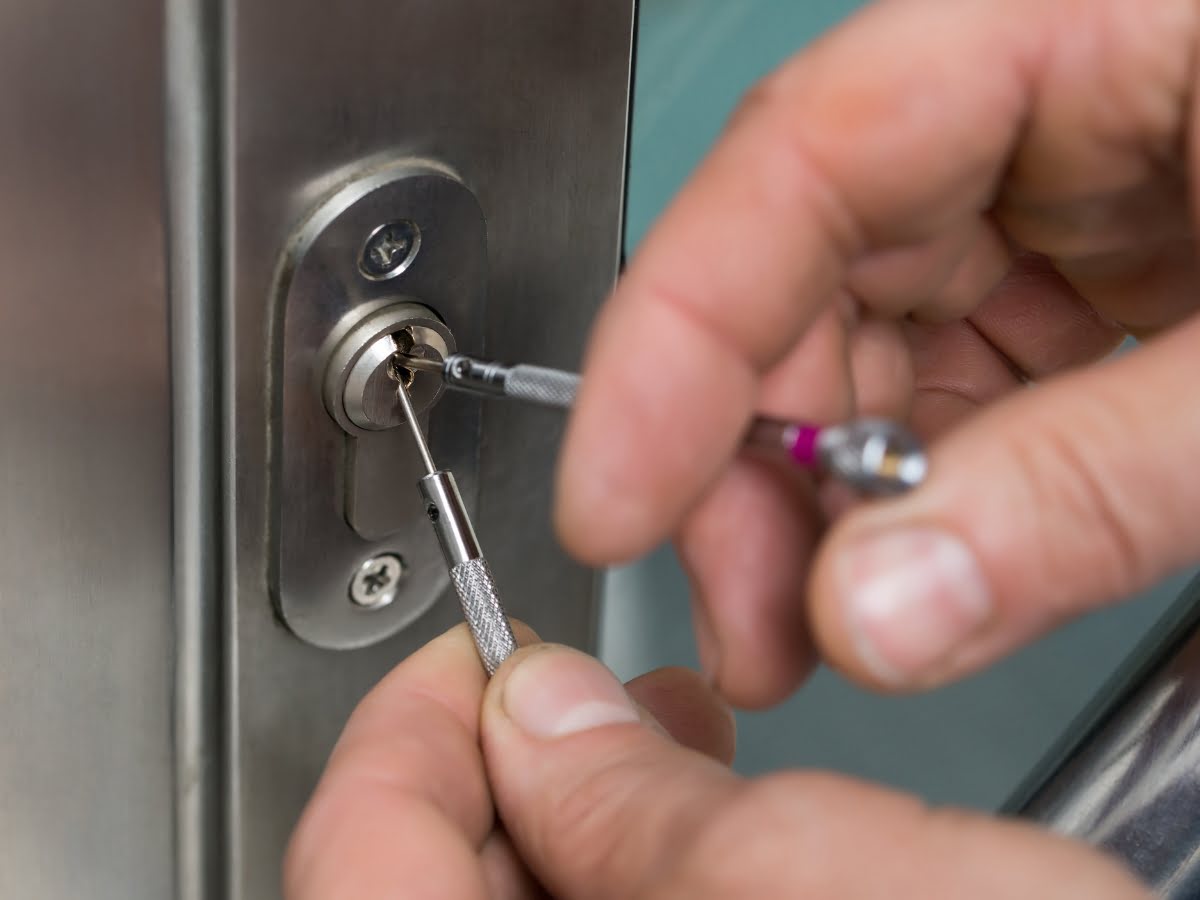

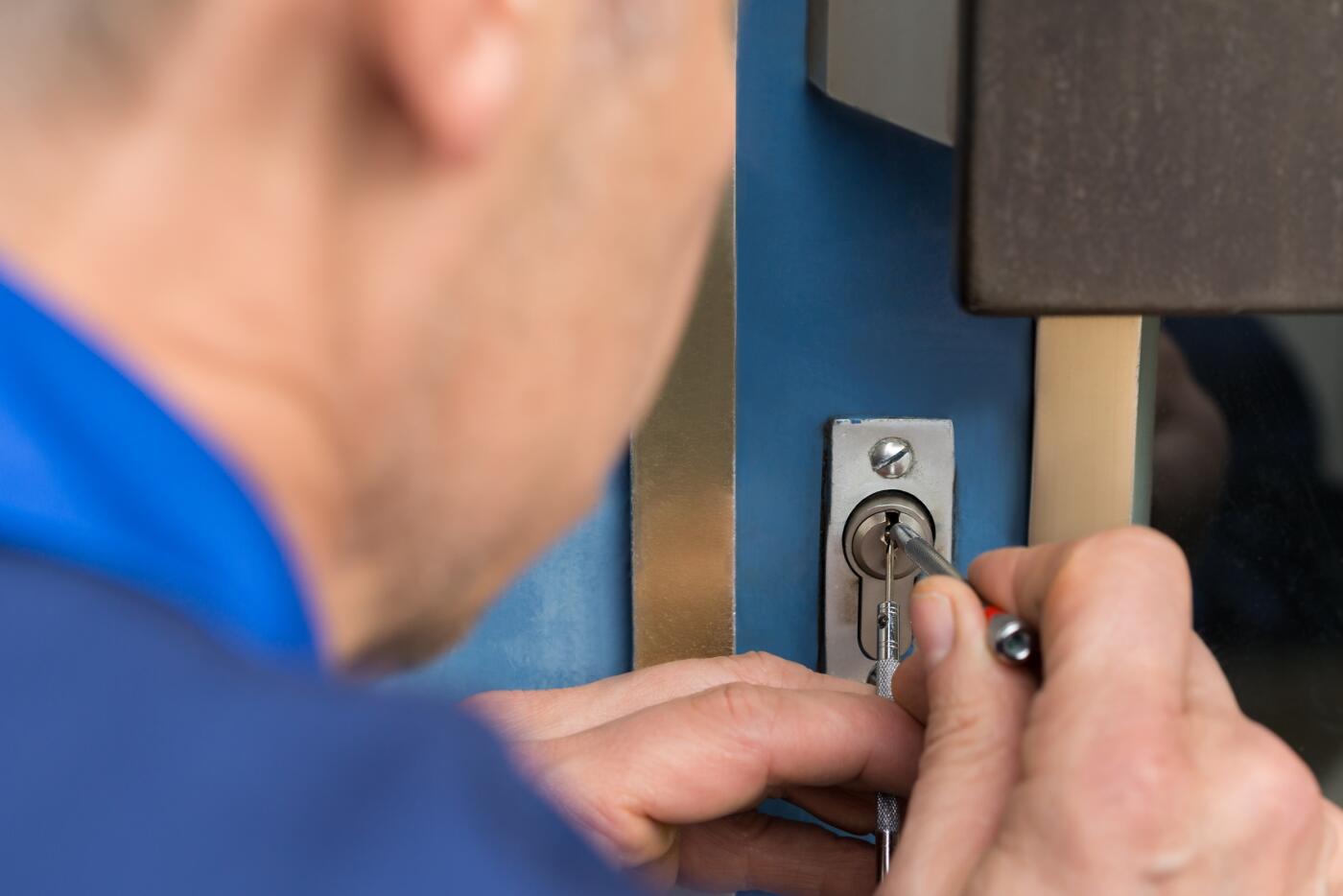
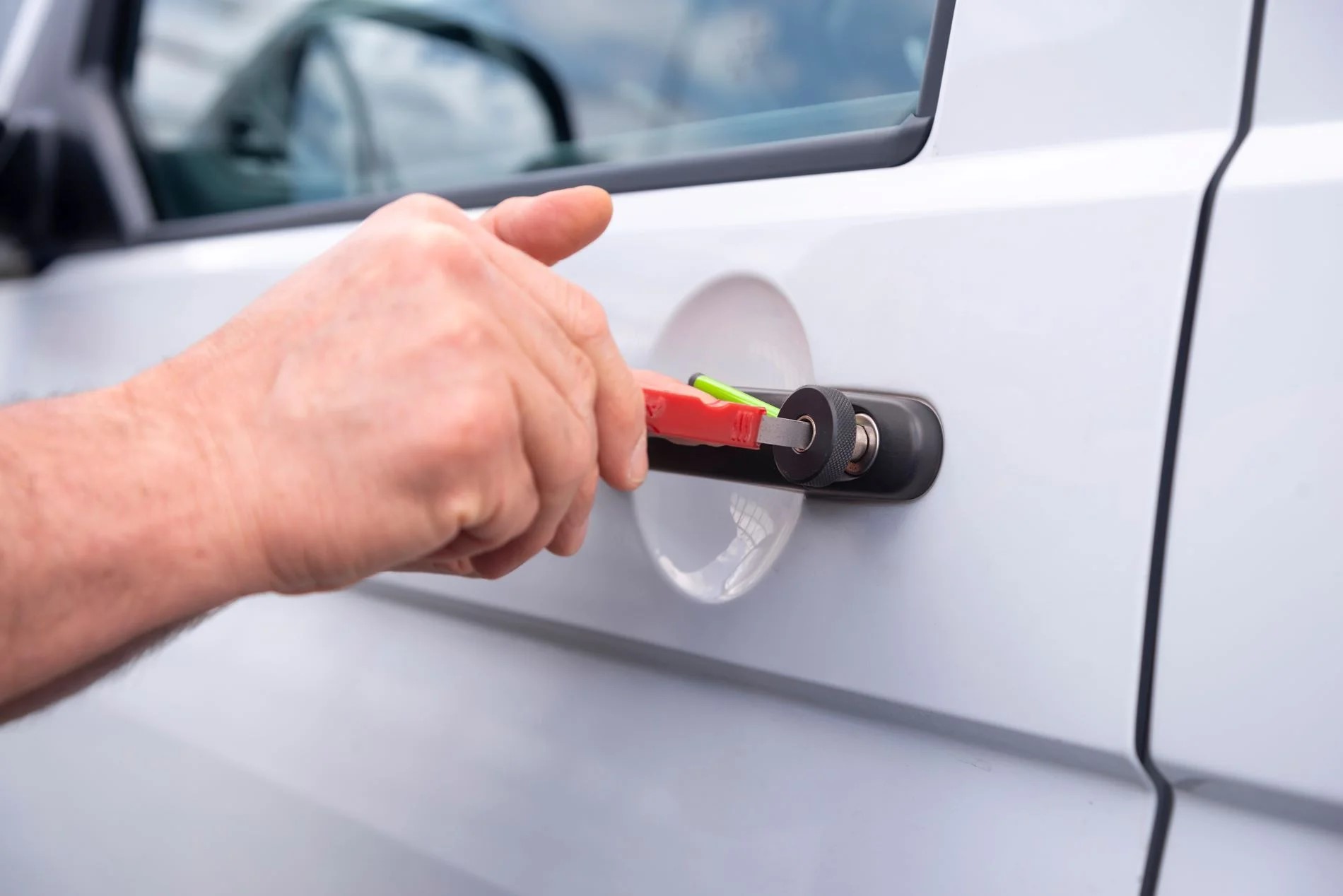
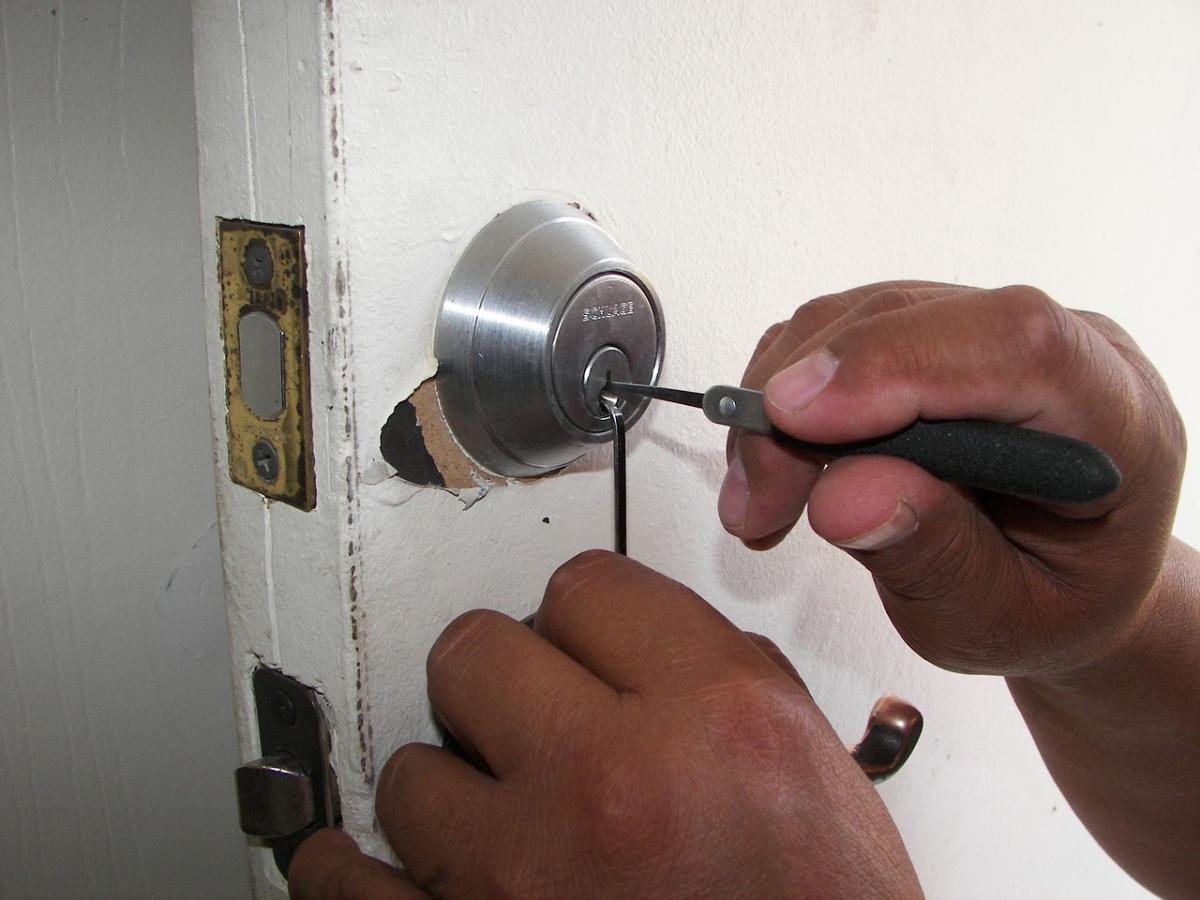
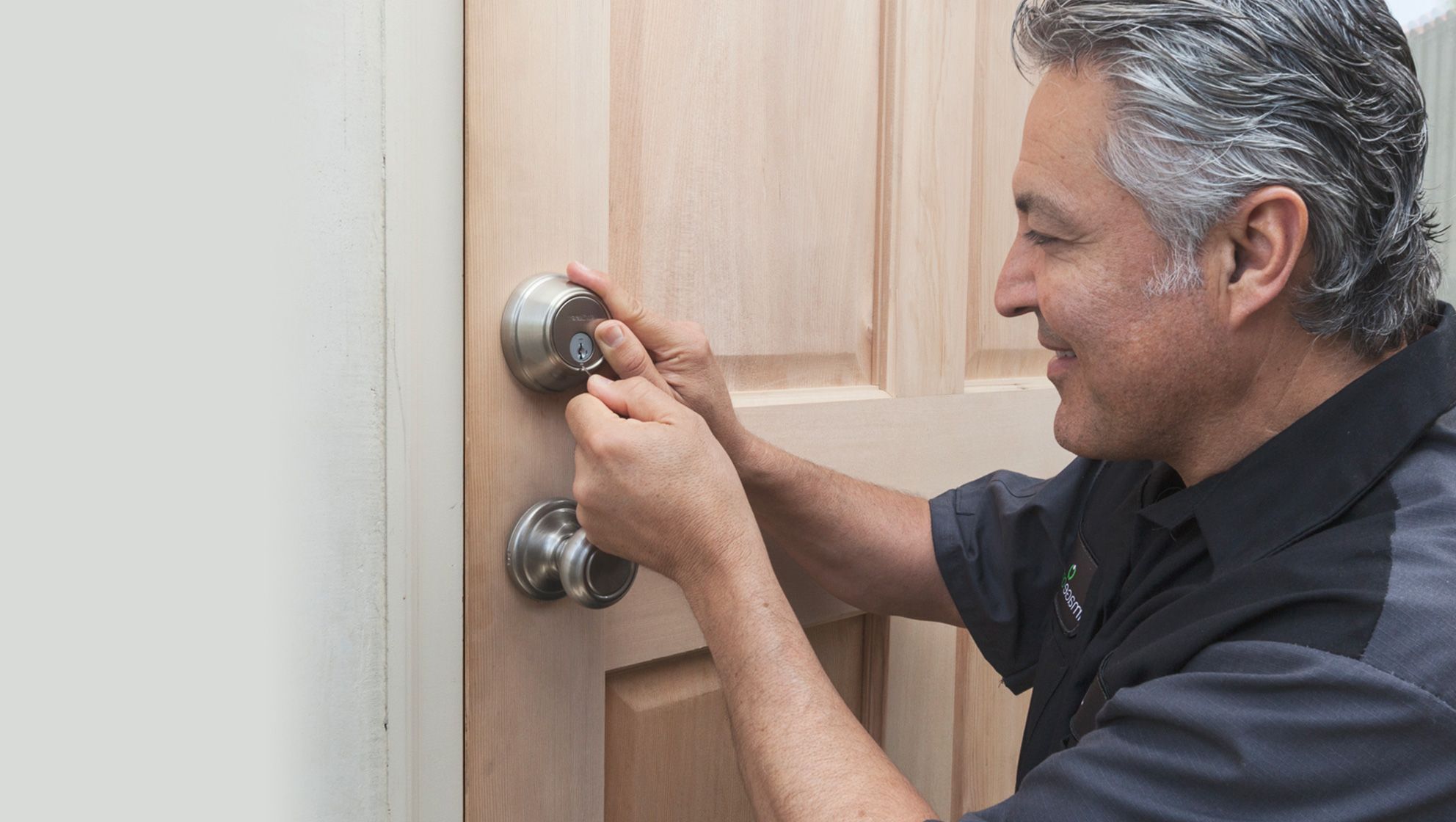
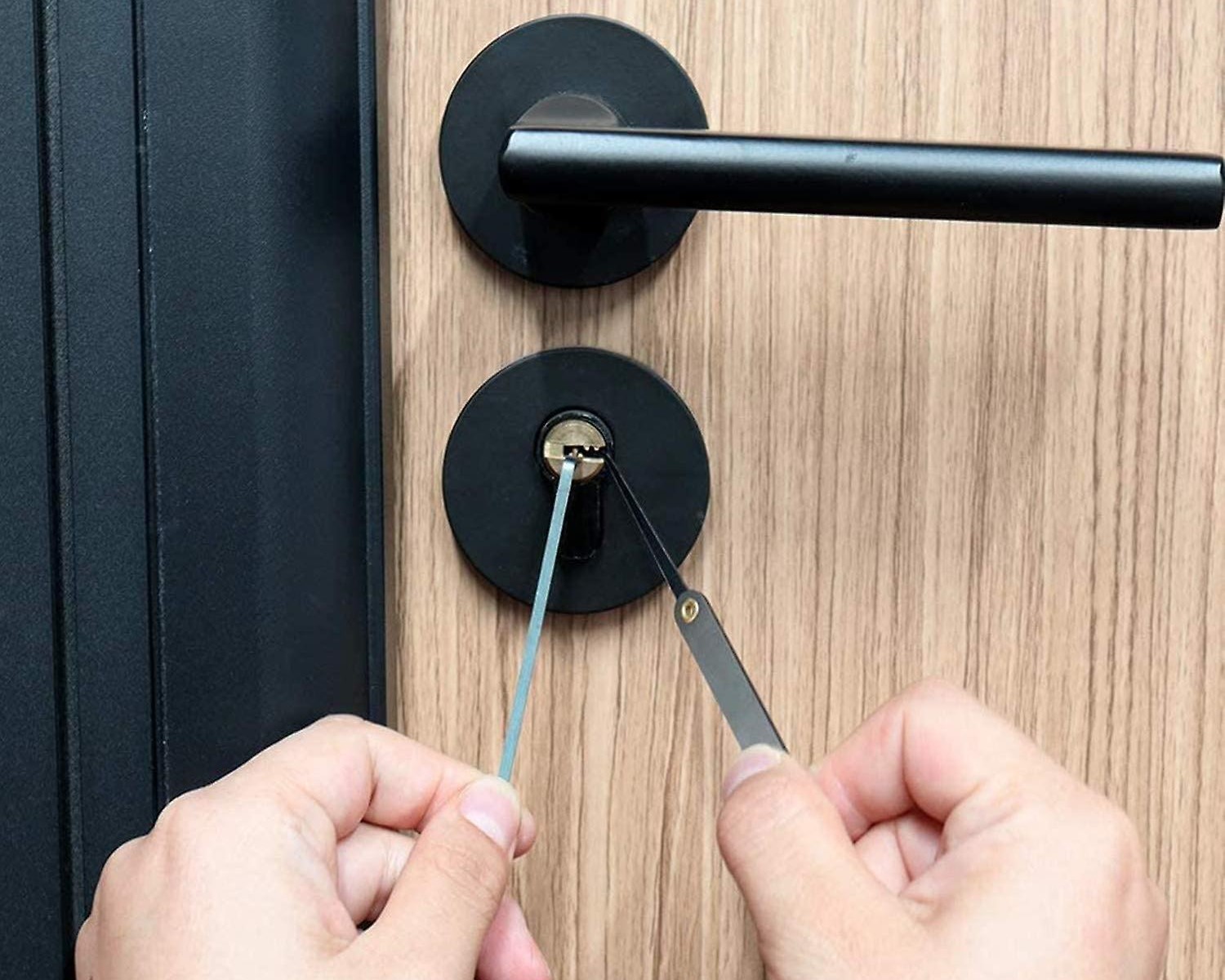
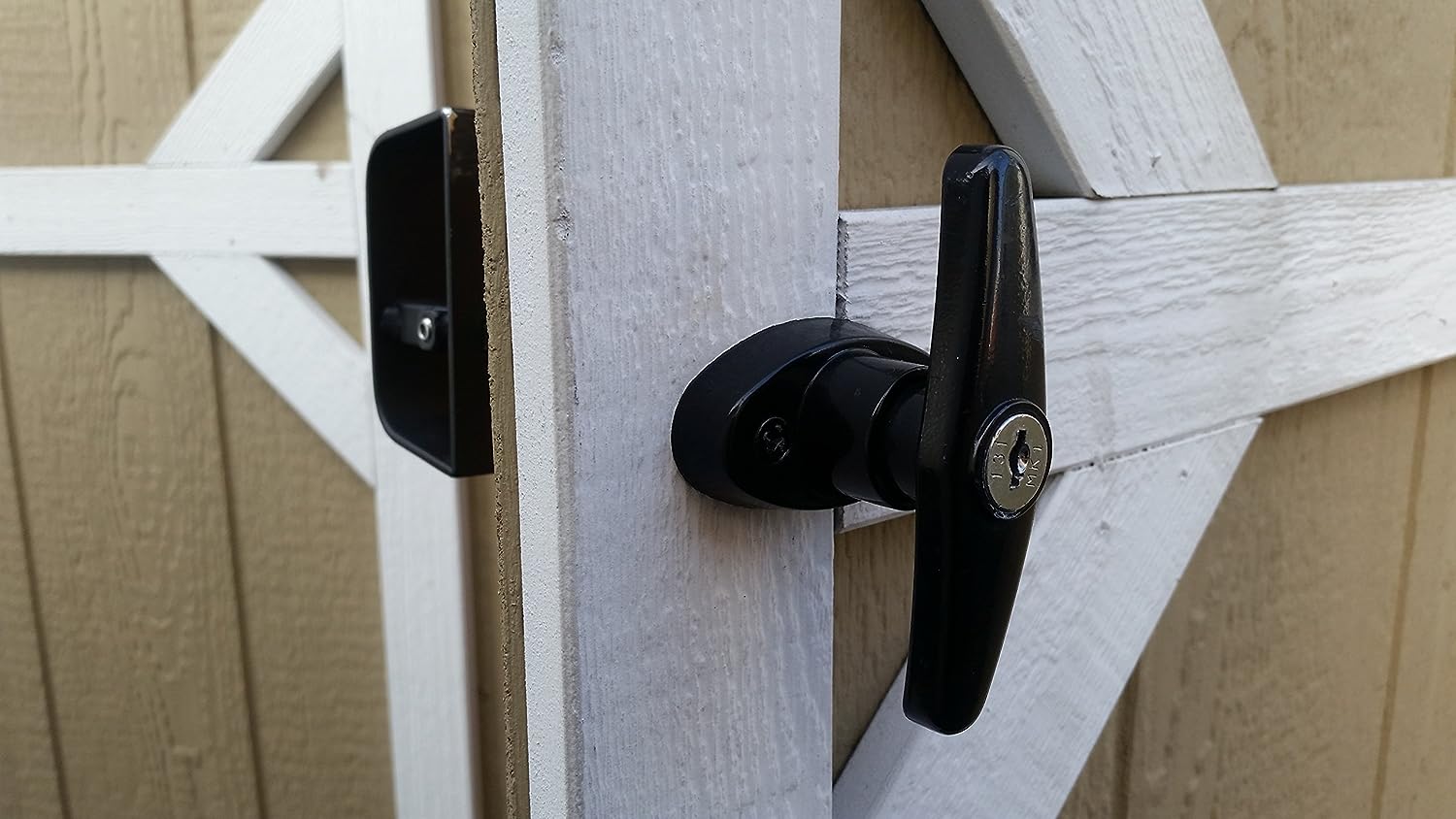
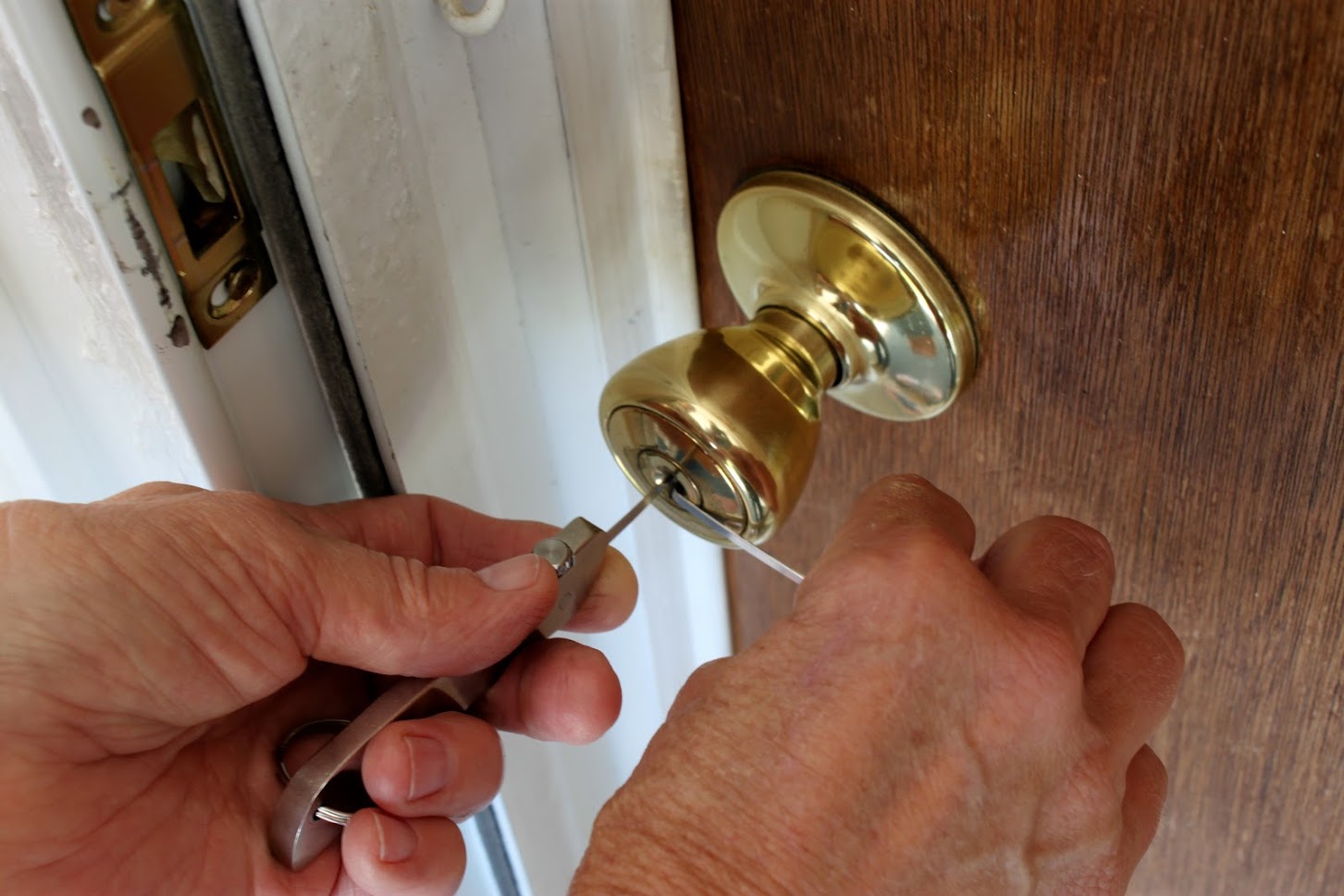
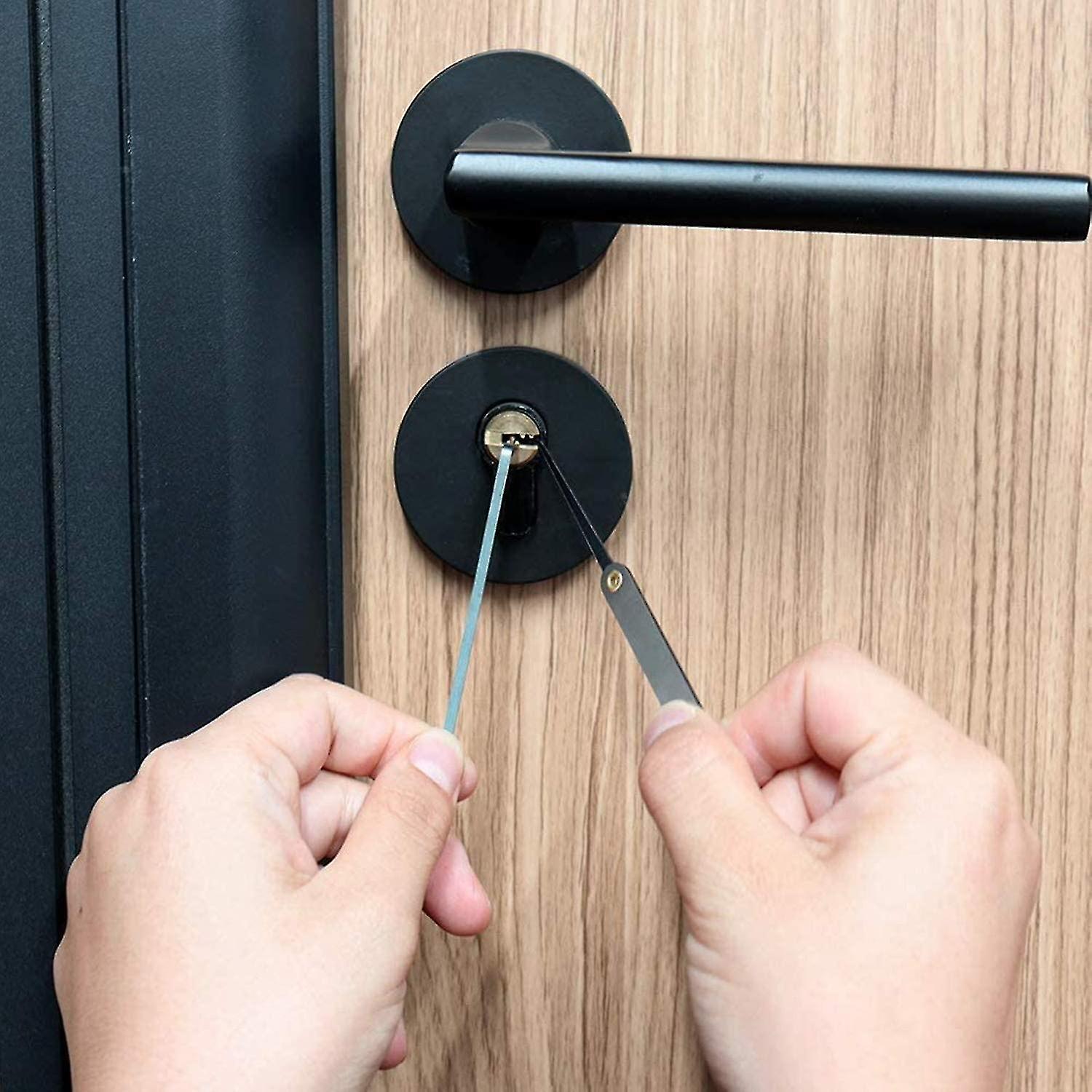

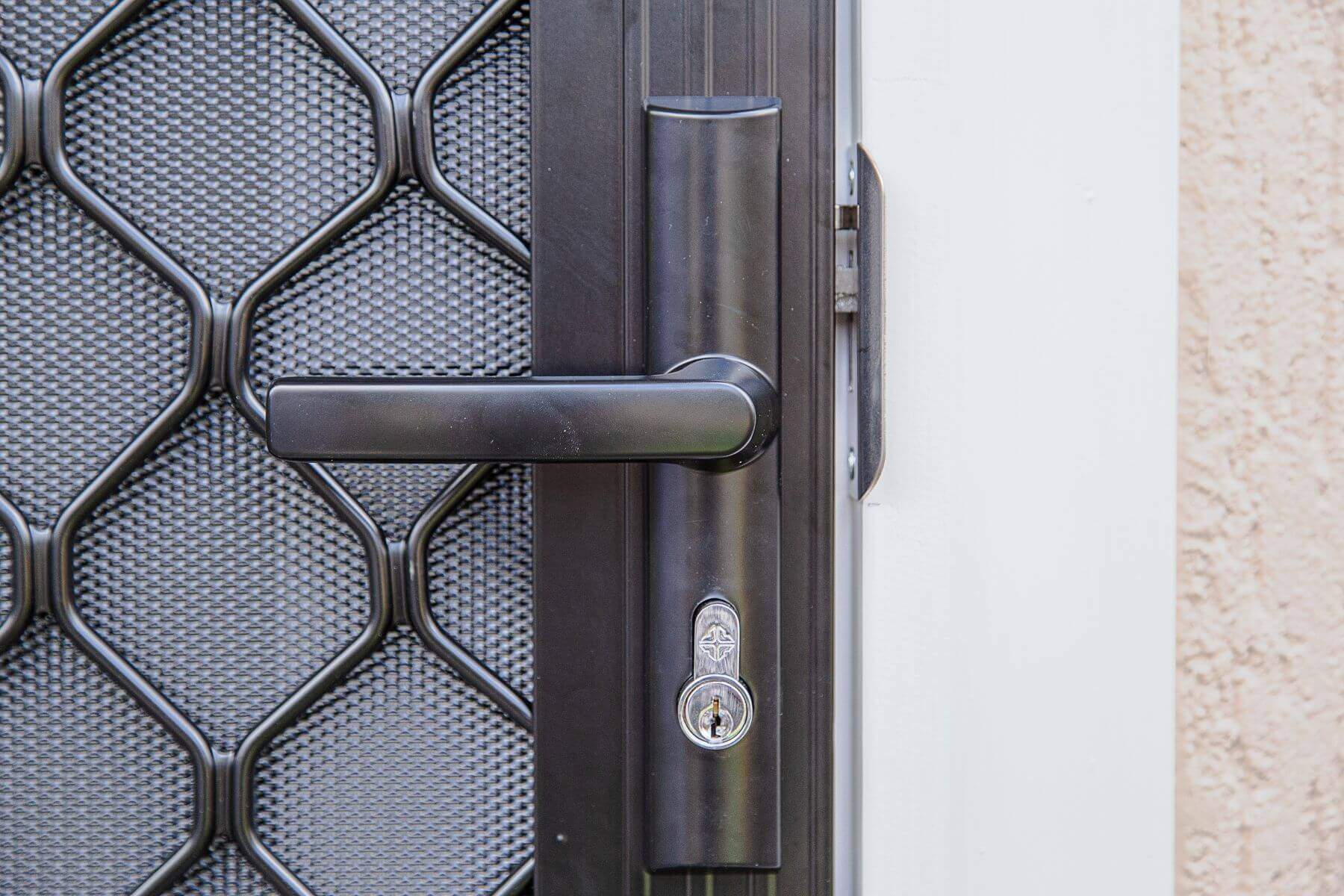
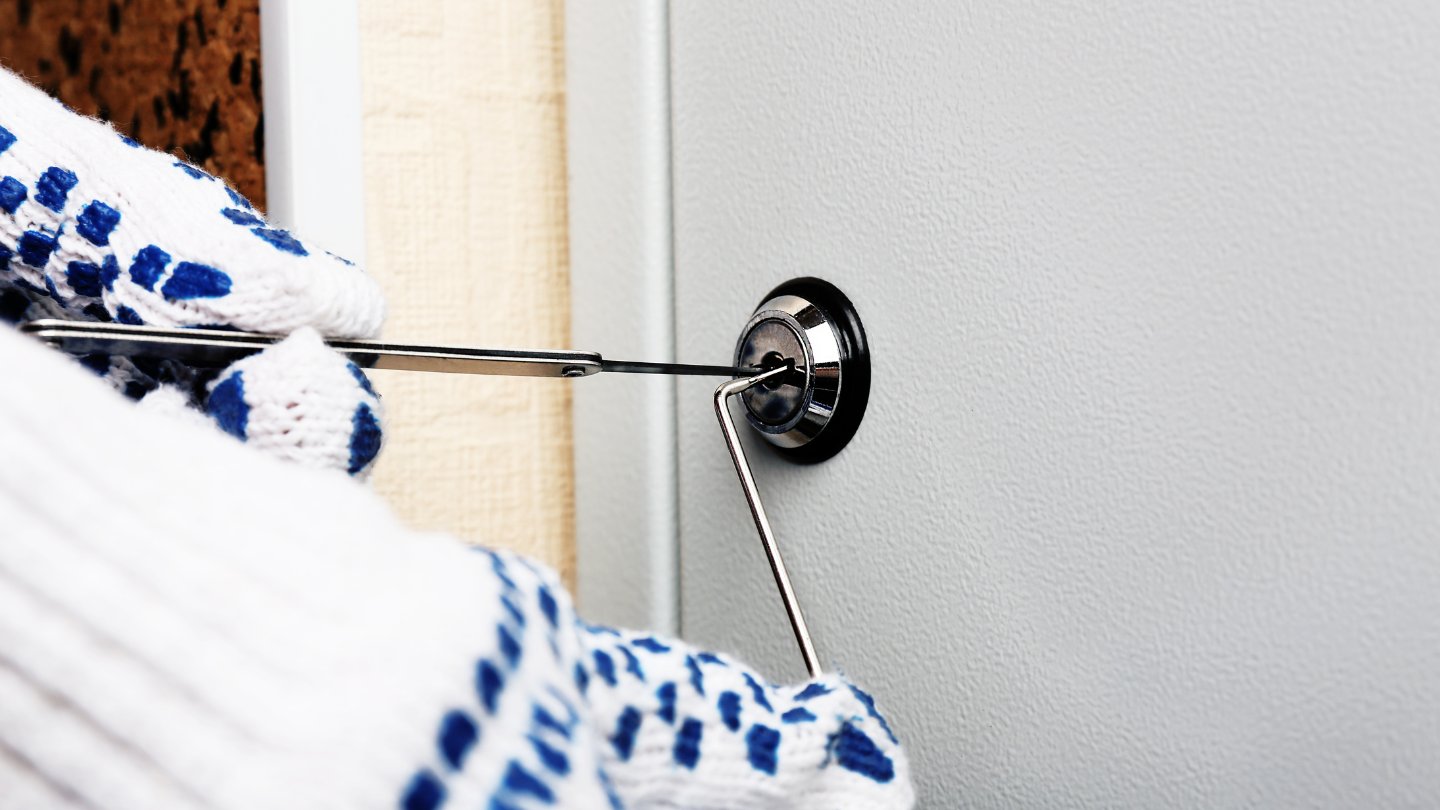
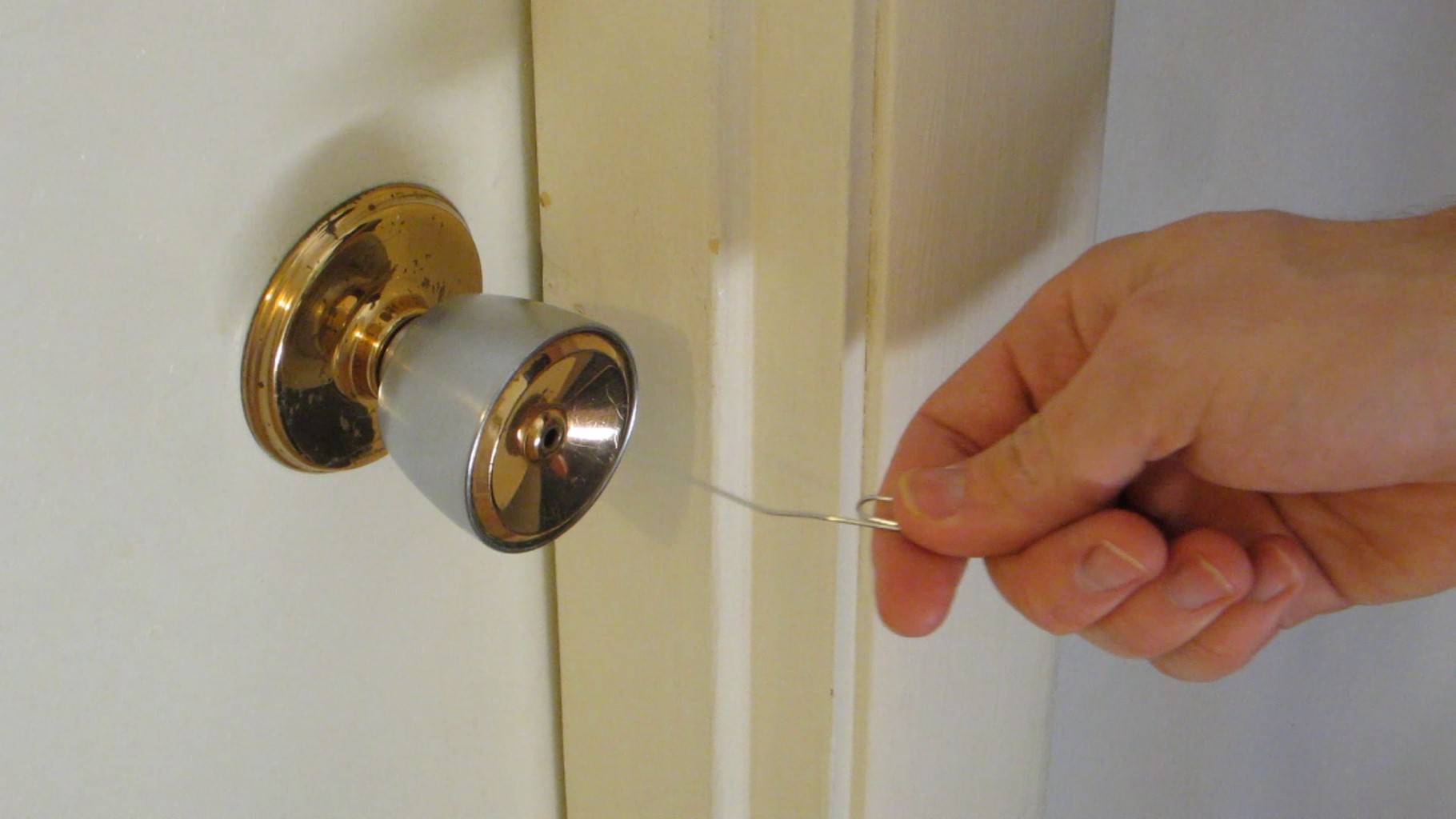

0 thoughts on “How To Pick A Door Lock”